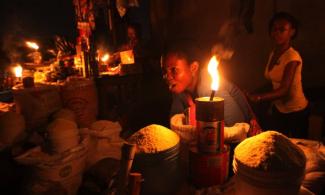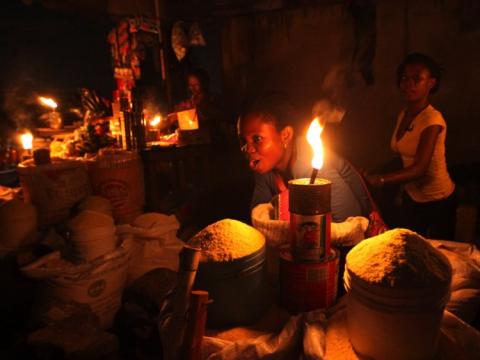
A statement by the US Department of State made available to
SaharaReporters said the signing took place at the Seventh
International Conference on African Development (TICAD 7) and was
signed by Power Africa Coordinator Andrew Herscowitz and Ambassador
Masahiko Kiya, Deputy Director-General of African Affairs Department,
Ministry of Foreign Affairs of Japan.

The United States of America and Japan have signed a memorandum of cooperation (MOC) to expand US-Japan energy cooperation in sub-Saharan Africa and renew each country’s commitment to reducing energy poverty and increasing access to sustainable energy in Africa.
A statement by the US Department of State made available to SaharaReporters said the signing took place at the Seventh International Conference on African Development (TICAD 7) and was signed by Power Africa Coordinator Andrew Herscowitz and Ambassador Masahiko Kiya, Deputy Director-General of African Affairs Department, Ministry of Foreign Affairs of Japan.
"The MOC builds on over three years of successful cooperation between GOJ and USG through a previous MOC signed in August 2016 to support Power Africa, a U.S. Government-led effort to double access to electricity in sub-Saharan Africa, which the U.S. Agency for International Development (USAID) coordinates.
"The MOC will leverage collective energy investments in clean energy solutions, geothermal, energy efficiency, and support cross-border energy trade and regional power pools. The renewed partnership will advance efforts under the Power Africa 2.0 strategy, that USAID Administrator Mark Green announced in 2018, to make gains in the areas of distribution and transmission. GOJ, USAID and the broader Power Africa network will coordinate efforts to increase electrical transmission infrastructure in sub-Saharan Africa," it said.
Power Africa, the US government-led partnership coordinated by USAID to double electricity access in sub-Saharan Africa, has two distinct goals to increase new generation capacity by 30,000 megawatts and to help create 60 million new electricity connections by 2030.